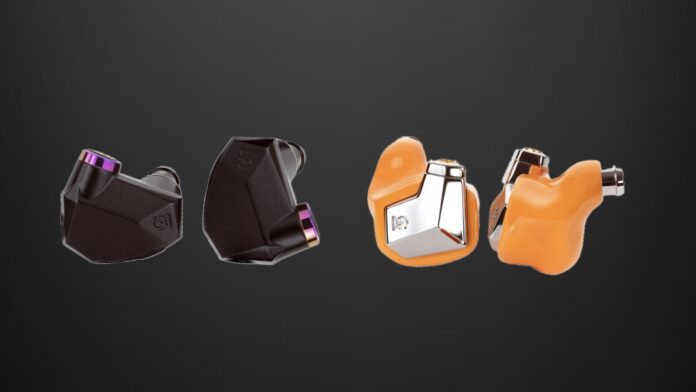Today, I’m thrilled to present a comparison between Campfire Audio‘s newest releases, the Fathom and the Supermoon. Priced similarly, I’ve dedicated ample time to both to assist you in determining which one could be your ideal choice. Stick around as we explore the details and find out which earphone could make your music sound even better!
| Campfire Fathom | Campfire Supermoon |
| Fathom IEMs Time Stream cables, 3.5mm and 4.4mm Leather case Zipper case Drawstring IEM bag Marshmallow and silicone tips |
Supermoon IEMs 3 silver-plated detachable MMCX cables with the deluxe edition -2.5mm, 3.5mm, and 4.4mm Leather folding case S/M/L silicone and marshmallow tips Cleaning tool |
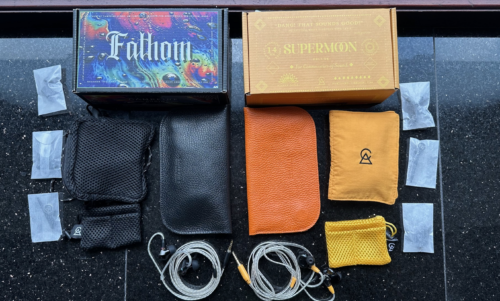
Look and Feel
Testing both the Fathom and Supermoon from Campfire Audio has been an enlightening experience, offering a glimpse into the intricacies of their design and performance. The Fathom’s classic Campfire aesthetics, with its machined aluminum body and reflective MMCX connectors, immediately caught my attention. As I slipped them into my ears, I was pleasantly surprised by how lightweight and comfortable they felt, allowing me to immerse myself in hours of uninterrupted music enjoyment.
Switching gears to the Supermoon, I was intrigued by its departure from the traditional Campfire look. The 3D-printed ergonomic design, coupled with the vibrant orange color, lent it a distinct personality. Despite its larger size to accommodate the impressive 14mm planar magnetic driver, the Supermoon fit snugly in my ears, providing a secure and comfortable seal. Throughout my testing, I found myself drawn to both earphones for different reasons, making the experience a captivating journey of audio exploration.
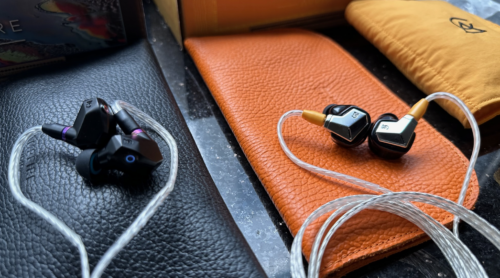
Design and Functionality
In examining the design aspect, we encounter significant differences between the Fathom and Supermoon. The Fathom employs six custom-made balanced armature drivers, resulting in a distinctive sound profile, contrasting sharply with the Supermoon’s employment of a single 14mm planar magnetic driver. Both models are equipped with Campfire’s Time Stream cables, available in both balanced and unbalanced configurations, offering not only versatility but also a hassle-free listening experience, free from tangling and microphonics, while delivering impressive sound quality.
Soundstage
In my exploration of sound quality, I found both the Supermoon and Fathom to offer distinct sonic experiences. The Supermoon’s expansive sonic landscape truly captivated me with its wide and enveloping soundstage, coupled with impressive depth, drawing me into the music and placing every instrument and detail in its proper place effortlessly. As someone who loves immersive sound experiences, the Supermoon’s presentation perfectly suited my preferences. On the other hand, the Fathom, with its more intimate soundstage, still impressed me with its ability to deliver nuanced and accurate imaging, highlighting the subtleties of the music with clarity. While both earphones excel in their own right, I found the Supermoon’s broader and more immersive soundstage to align closely with my desire for a wide listening experience.
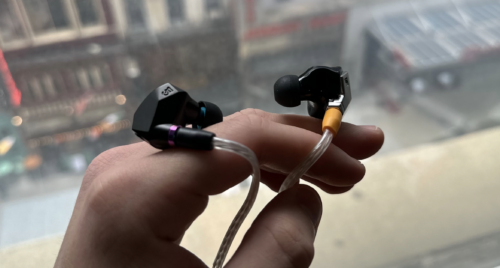
Low End
In comparing the low-end performance of both IEMs, I found them to be remarkably similar. However, the Supermoon stood out with its punchier and dynamic bass rumble, adding an extra layer of excitement to the listening experience. Its more linear sound signature allowed the bass to occupy a prominent position, particularly in the sub-bass frequencies, delivering impressive depth and presence when called for. In contrast, the Fathom opted for a smoother, less emphasized bass presentation, offering rounded and deliberate bass notes that contribute to a relaxed listening experience rather than an intense one, reflecting a preference for accuracy and delicacy over sheer impact.
Mids
The Fathom showcases a forward midrange, offering excellent vocal clarity and instrument definition, although it can occasionally veer towards warmth and midbass bloat. This makes it ideal for those who enjoy emphasized mids, especially for vocal-centric music. On the other hand, the Supermoon presents a more relaxed midrange, maintaining superb detail without the same forwardness as the Fathom, appealing to listeners seeking a balanced sound signature. Ultimately, the choice between these IEMs hinges on personal preference, with the Fathom catering to midrange enthusiasts and the Supermoon offering a more laid-back midrange presentation.
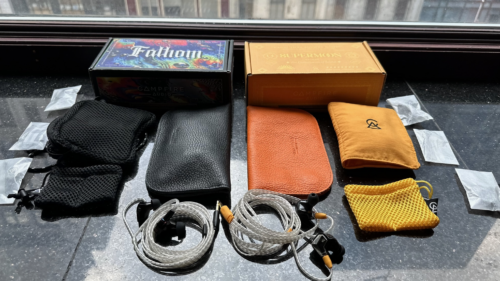
Highs
The Fathom, with its warm-toned profile, offers a subtly veiled treble, providing a smooth listening experience favored by many; however, it may not fully satisfy those seeking a brighter or more pronounced high-end. In contrast, the Supermoon, equipped with a planar magnetic driver, presents a slightly airier and crisper treble, maintaining a balanced and accurate response. Listening to “Blue” by Sara James on both IEMs was an unforgettable experience, showcasing their ability to capture the emotional depth of the music with stunning clarity and detail.
Summary
After experimenting with both the Fathom and Supermoon, I’m facing a dilemma. The Supermoon’s sound signature captivates me—it’s clear and immersive. However, the Fathom’s design matches my personal style better. It’s a tough call as each has its own appeal. Ultimately, your choice depends on what matters most to you. I must admit, both sound exceptional, and I’d enthusiastically recommend either based on your preferences.
Campfire Fathom VS Campfire Supermoon are available here
Read more about Campfire Fathom here
Compare the ranking of various headphones, earbuds and in-ear monitors using our tools.
Discuss this, and much more, over on our forum.
---MAJORHIFI may receive commissions from retail offers.


